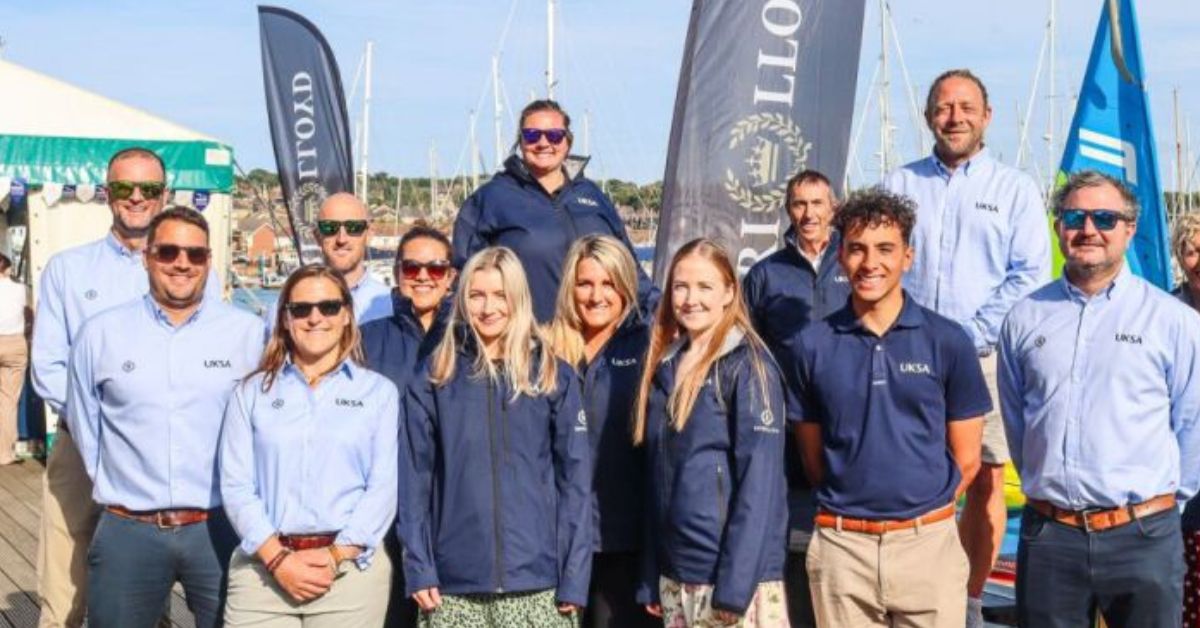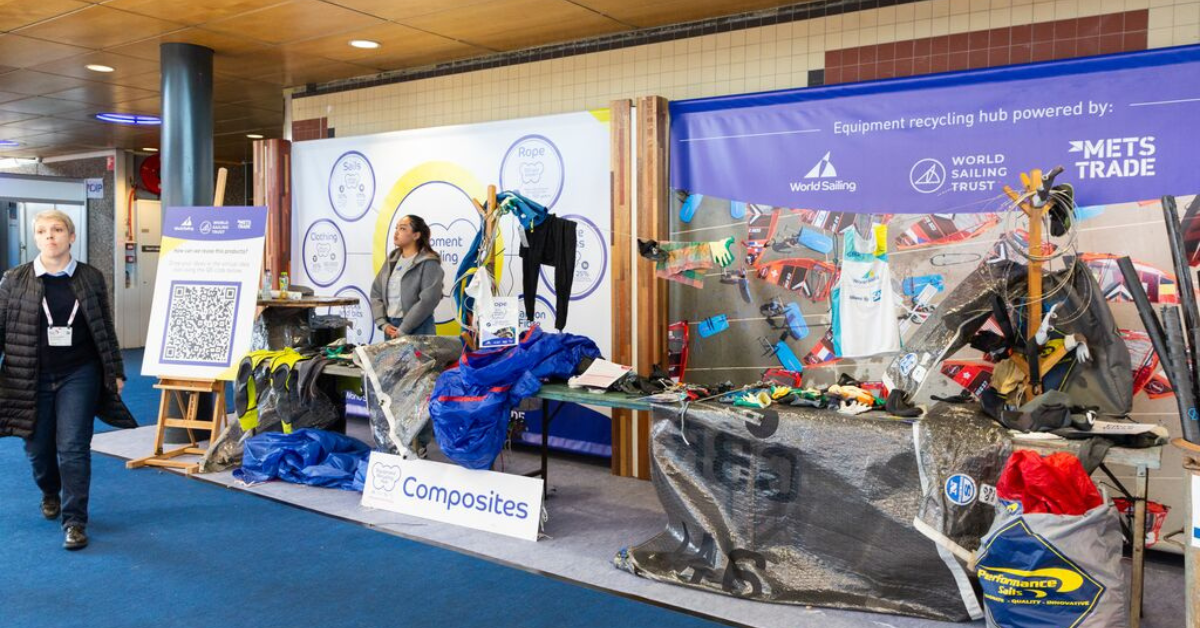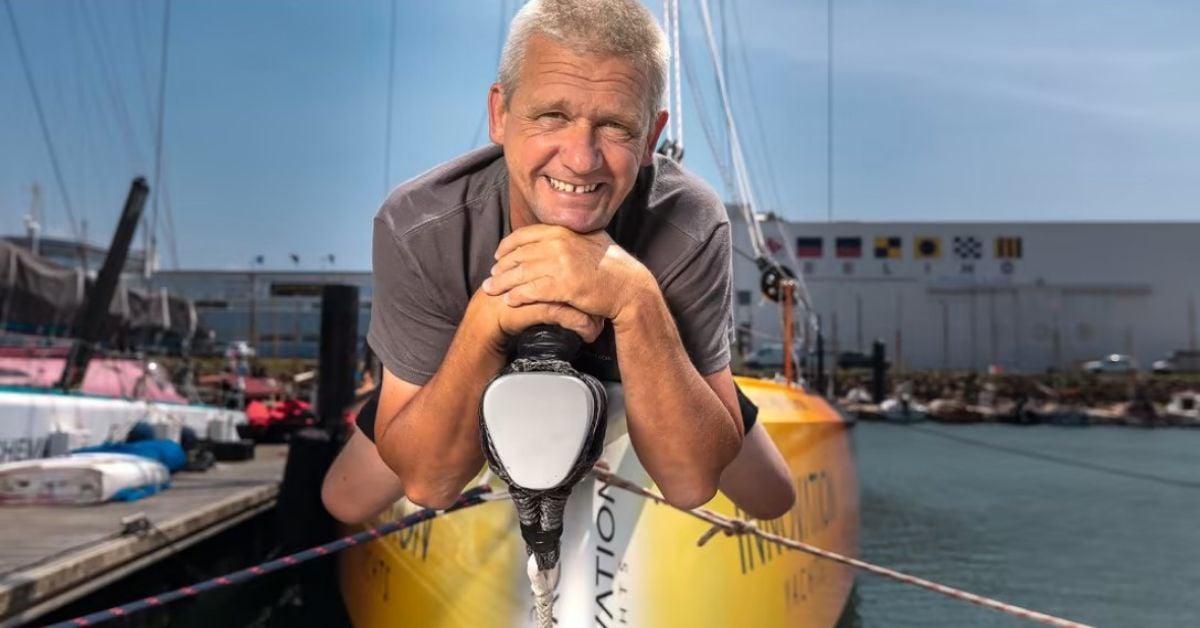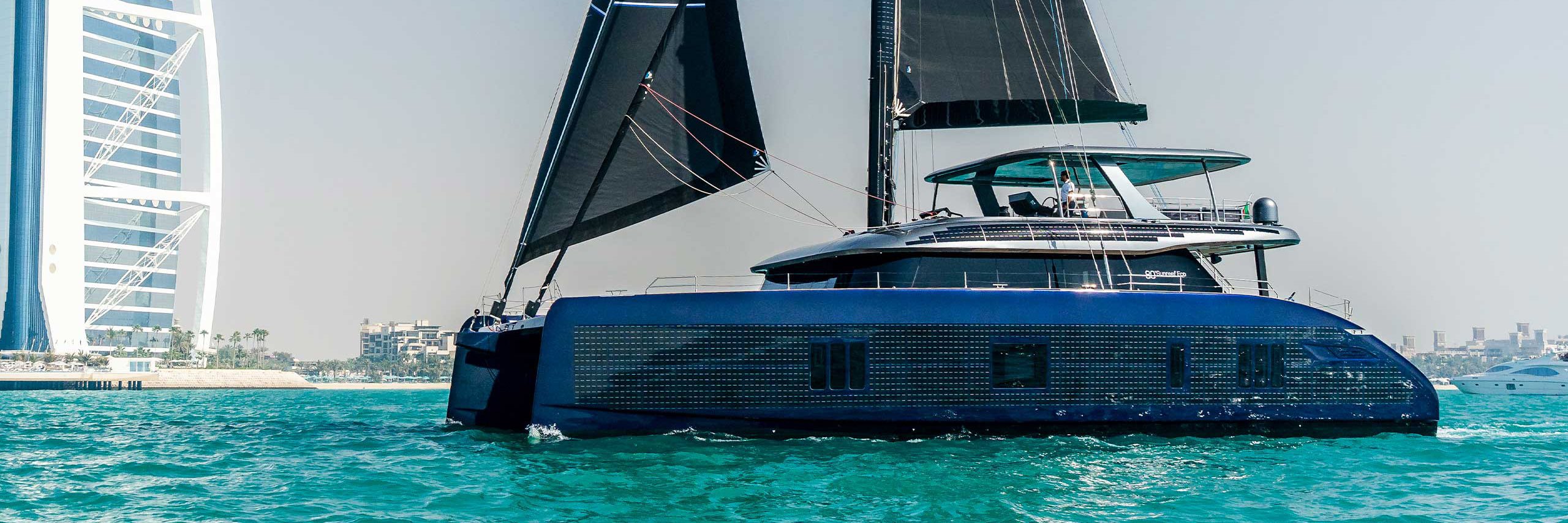
Self-sustaining through clever energy management
Power generation off-the-grid, like on board, is changing from fuels derived from crude oil towards the use of other energy sources. Energy produced is almost exclusively electric. Ever more equipment and even propulsion runs on electricity. This poses demands to energy storage and distribution. System integrators and network engineers for yachts design for optimal use of available power, reducing overall energy demand.
“We are on a mission to have our customers use our most significant product less,” WhisperPower managing director Roel ter Heide expresses. “This is a strange thing to do as a company, make the diesel generators that we produce obsolete. Still, this is our goal. The electrical technology we develop and apply contributes to a substantial reduction of emissions and less pollution of the environment. We do so by investing all of our growth and profit into power systems in which the diesel engine runs less and less. Our goal is made possible by the development and deployment of sustainable energy storage systems and smart power electronics, combined with low or even zero emission power generators – currently diesel, and soon to be hydrogen fuel-cell based.” Refining Ter Heide’s slightly disturbing remarks: the company is not really putting itself out of business, but developing from producer of silent, low fuel consumption diesel generators towards a designer and developer of smart off-grid electricity systems. Solar panels, small wind turbines, drive axis generators and hydrogenerators in the case of sailing yachts, are among the power sources that feed the network and the battery bank, with a combustion engine generator as a final back-up to be sure of energy.
Dedication
The zero emission yacht has become a possibility. At the International Multihull Show (IMS), hosted in La Grande Motte at the French Mediterranean coast, different models of sailing and engine-powered luxury catamarans are introduced that can sail or be propelled and have all the household functions working – like the big energy consumer airconditioning – without using any fossil fuel. The dream of true luxury without burning oil has been purchased for some decades already, and now yards are presenting series built models that have the potential to make this true. The final step still needs to come from a buyer that chooses to optimise a configuration dedicated to zero emission. Yard marketing departments already claim the term.
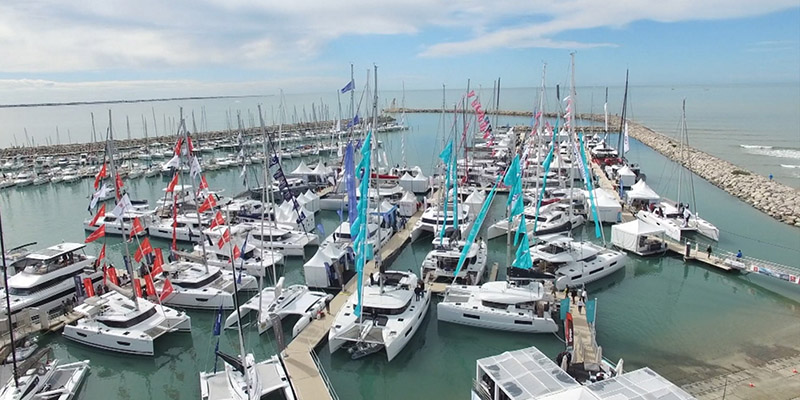
In-composite
The Sunreef 80 Eco was announced Multihull of the Year in the category Forever Green at the IMS this year. This large yacht takes most of it’s power from solar panels, integrated in the roof, the hull sides, de foredeck, the flybridge bulwarks and even in the mast. These solar panels are integrated into the carbon fibre laminate, so they can be walked over. Although the surfaces are not horizontally and aboard a moving yacht, so they will not always be positioned to optimally catch the rays of the sun, clever multi point power tracking optimising 164 square metres of solar panels can produce up to 45.5 kiloWatt of charging power for the battery bank. Out in open waters, the large cat will set sail and be propelled by the wind. In harbours and when manoeuvring, the yacht uses electric engines, also fed by the electric energy from the battery pack as charged by solar power. While independence from fossil fuels is possible on this yacht, the yard offers the possibility to install two 80 kW diesel generators and has installed 3000 litre fuel tanks. This compromises the zero emission approach, although generators running on renewable fuels like HVO or methanol might be chosen. The Sunreef yard from Poland targets clients in the luxury yachting market, that can afford multi million euro leisure yachts and does not at forehand present itself as an ecological yacht builder.
Demonstrator
More ambitious in this aspect is the Maltese brand of luxury catamarans ZEN yachts, where even the yard name reflects their aim: Zero Emission Nautique. The demonstrator hull #1 of the ZEN50 (50 foot long, 15 metres) has not been fitted with any kind of generator, to prove the energy independency of the yacht. The electric 50 kW engines are powered by the 160 kWh battery bank, which is charged solely by the solar panels on the large bimini roof over both the foredeck and the aft deck area, as well as over the flybridge from where the yacht is controlled. The solar panels can produce peak power of 17,000 Watt. Using only the electric engines, the catamaran can reach a top of 10 knots, but will be able to sail long range, recharging the batteries as she goes, at 5 to 6 knots of boat speed. The first cat of this design is also fitted with the new Oceanwings foldable wing sail, that benefits wind power for propulsion. With the sail, the yacht can reach up to 14 knots. No fuel tanks are built in. The yacht is equipped with clever power management equipment. An additional 50 kWh battery bank is not used to drive the electric engines, but maintain navigation and communication equipment at all times and provide the controls for the wing sail. The range in full capacity is mentioned to be 180 nautical miles. For coastal cruising this is good. Ocean crossings while sailing should be a possibility with the ZEN50, but it is not guaranteed to have all of the household functions up and running during the whole passage.

Recyclable
Also at the IMS, The Windelo 50 was presented, that aims to be a zero emission yacht. It is built from recycled and re-usable materials. Here also, solar panels should provide enough energy to operate the yacht without using the generators. The possibility to install solar panels over large areas makes catamarans the first types of yachts that can harvest sufficient solar energy into their battery packs and reach zero-emission yacht operation.
Multi-source
Key to continuous power supply is a large battery bank that can harvest all of the energy provided by solar panels during daytime, combined with other sources of energy like wind turbines, hydro generation (having propellers in the water while sailing), heat recovery and harvesting heat with solar collectors. Reducing the amount of power needed also helps to provide energy independency.
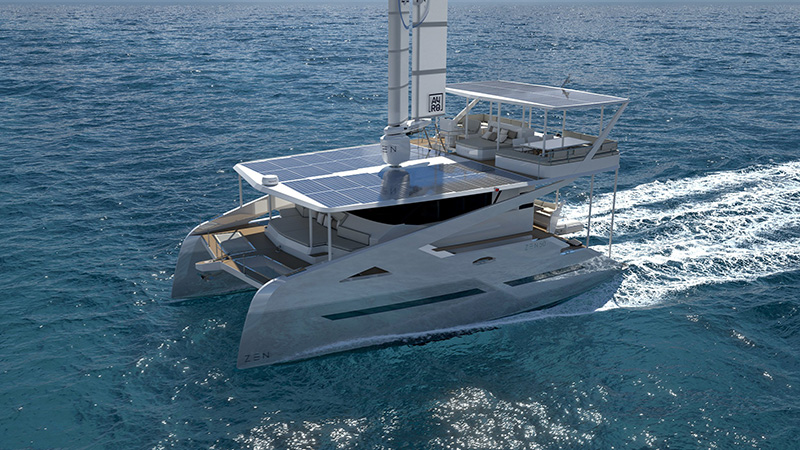
Smart control
Battery charging equipment is programmed. They can actively monitor the condition of the battery pack and the individual cells in it, but also regulate the source of power. A charger can be instructed to absorb the current coming from the solar panels and other renewable sources first, before harvesting the shore power energy or even engaging a generator. For yachtsmen that do not spend over a million euros on large luxury catamarans but enjoy the waters aboard modesty sizes boats, these smart charging equipment and energy management computers are available aftermarket to upgrade their proud vessels towards near-zero emission. Mastervolt offers CombiMaster, WhisperPower has their OctoPower series, Victron has Orion and Blue Smart charging systems, ProNautc, Dometic and other brands offer products that can help store, distribute and stop electricity supply quite smart.

